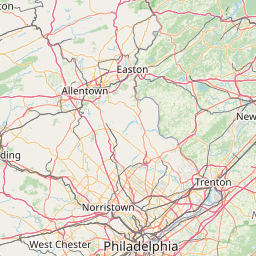Nitrate in Private Wells by County, New Jersey, 2002-2023
Indicator Report Data View Options
Nitrate in Private Wells by County, New Jersey, 2002-2023






Why Is This Important?
Nitrate is a nitrogen compound that occurs naturally in soil, water, plants, and food. It may be formed when microorganisms in the environment break down organic materials, such as plants, animal manure, and sewage. Nitrate can also be found in chemical fertilizers. Nitrate can get into drinking water from runoff of farms, golf courses and lawns, landfills, animal feedlots, and septic systems.
High levels of nitrate in drinking water can lead to methemoglobinemia, a form of anemia, particularly in infants ("blue baby syndrome") and pregnant women.
Definition
Percent of tested private wells with nitrate concentration exceeding the maximum contaminant level (MCL) of 10 milligrams per liter
Data Notes
***Results by county are suppressed when the number of tested wells was less than 10.Data Source
Private Well Testing Act Data, Division of Water Supply and Geoscience, New Jersey Department of Environmental Protection(https://njdep.maps.arcgis.com/apps/MapSeries/index.html?appid=826ec9fae77543caa582a787d5f088e7)
How the Measure is Calculated
Numerator:
Number of tested private wells with nitrate concentration exceeding the maximum contaminant level of 10 milligrams per liter in a specified time periodDenominator:
Number of tested private wells in a specified time period
 Official Site of The State of New Jersey
Official Site of The State of New Jersey
